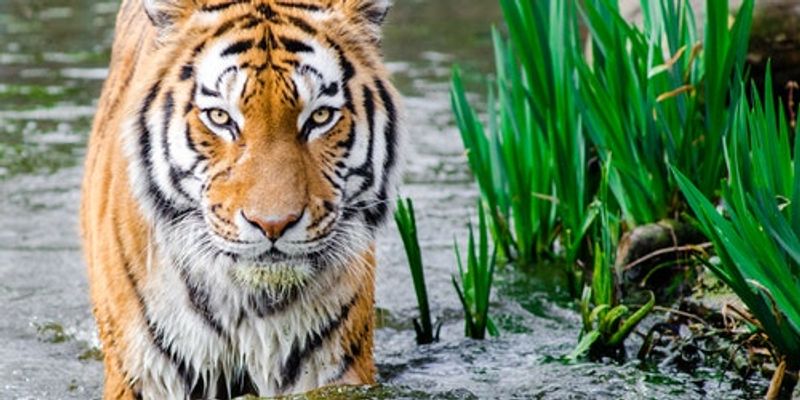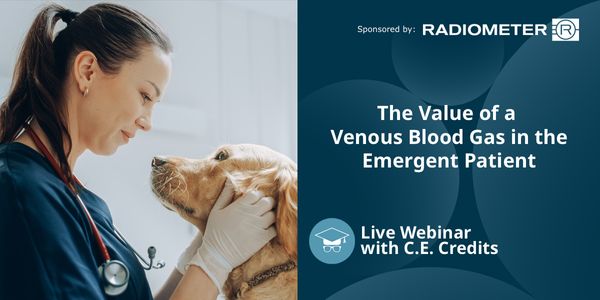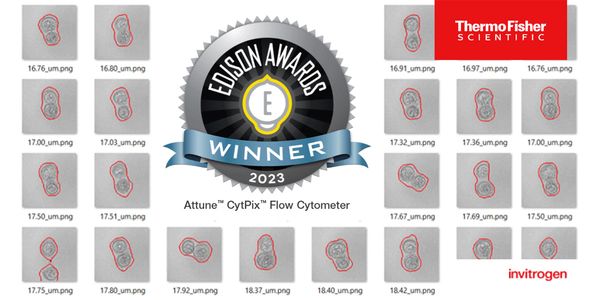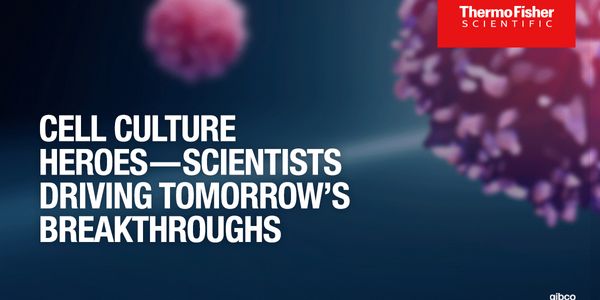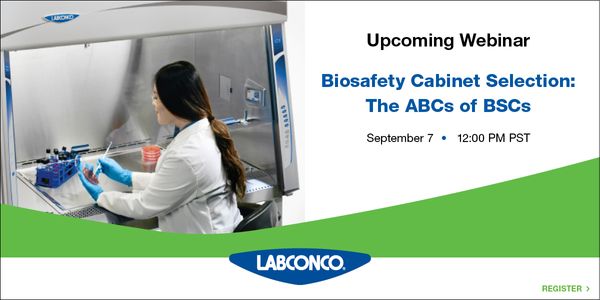Animals
Animals: are multicellular organisms that form the biological kingdom Animalia. With few exceptions, animals consume organic material, breathe oxygen, are able to move, can reproduce sexually, and grow from a hollow sphere of cells, the blastula, during embryonic development.
-
DEC 11, 2025 | 7:00 AMEpigenetics is poised to transform agricultural research by potentially enabling more targeted and sustainable livestock breeding strategies. By examining patterns of DNA methylation and oth...MAR 05, 2025 | 10:00 AMA venous blood gas is a powerful tool for the assessment and monitoring of animals with urgent or emergent conditions. It requires a very small volume of blood, making it feasible in the sma...Numerous biomedical applications have been described for liver-humanized mouse models, such as in drug metabolism or drug-drug interaction (DDI) studies. However, the strong enlargement of t...
One of the primary limitations in drug discovery and toxicology research is the lack of good model systems between the single cell level and animal or human systems. This is especially true...
The effects of spaceflight on those beneficial microbes that associate with animal tissues is an emerging area in space biology, however, many questions persist regarding how homeostasis bet...
MAR 28, 2024 | 10:00 AM
Digital SPR (dSPR) is a next-generation technology for characterizing biomolecular interactions. By combining digital microfluidics (DMF) with localized SPR (LSPR), digital SPR systems can e...
Speech neuroprostheses have the potential to restore communication to people living with paralysis, but naturalistic speed and expressivity are elusive. Here we use high-density surface reco...
Behaving animals continually reconcile the internal states of their neural circuits brain-wide with incoming sensory and environmental evidence to evaluate when and how to act. The brains of...
With the internet, society has been exposed to puzzling and exquisite animal behavior, while neuroscience has vastly concentrated on a few inbred animal models studied in trained unnatural s...
Speaker:
Juan Ignacio Sanguinetti Scheck, PhD
Presented at: Neuroscience Virtual Event Series 2024
A core goal of neuroscience is to understand how the brain adaptively orchestrates movements to execute complex behaviors. Quantifying behavioral dynamics, however, has historically been pro...
How do the cognitive and physiological traits of individuals translate into real-world group dynamics? There is an empirical and theoretical gap between understanding individual-level proces...
